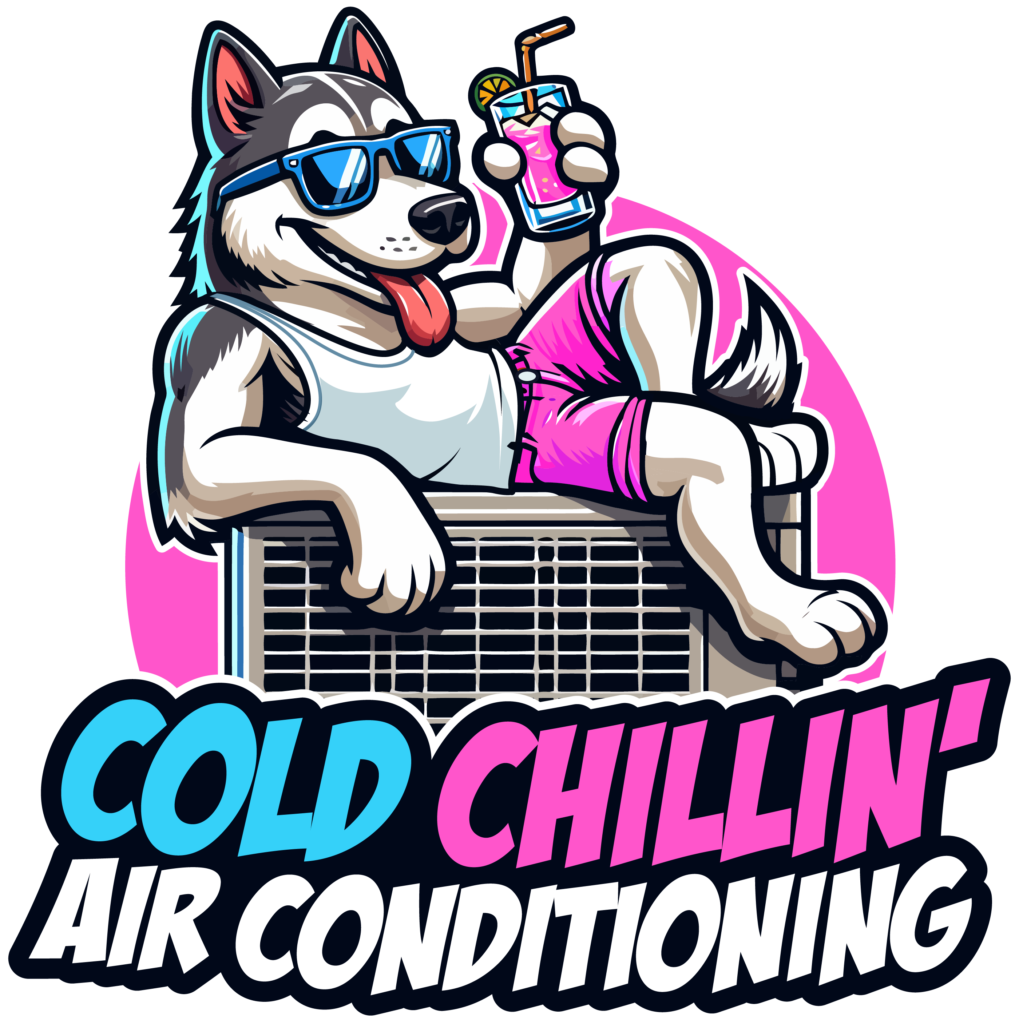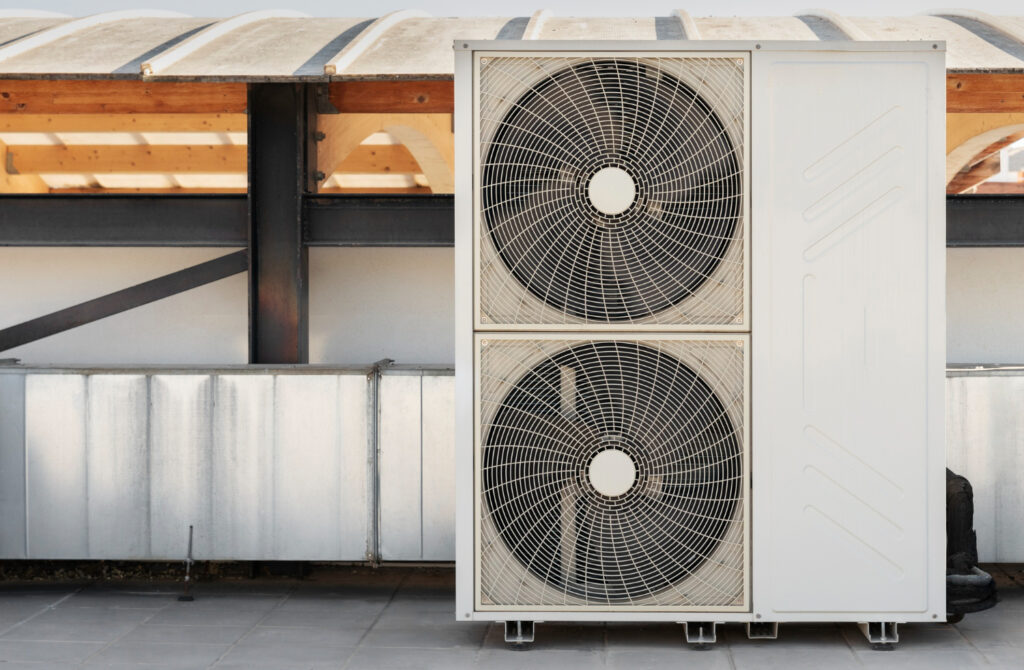As the leaves change color and the temperatures start to swing, it’s crucial to think about preparing your HVAC system for the upcoming weather changes. Seasonal maintenance is not just about ensuring comfort but also about maintaining energy efficiency and extending the lifespan of your unit. Here are the essential steps you should take to get your HVAC system ready for any seasonal transition, whether you’re gearing up for the cold of winter or the heat of summer.
Step 1: Replace or Clean Air Filters
One of the simplest yet most effective maintenance tasks is to clean or replace the air filters. Dirty air filters restrict airflow, forcing your system to work harder, which can lead to higher energy bills and decreased system longevity. During periods of high use (like summer and winter), it’s advisable to check your filters monthly and replace them every 90 days at a minimum.
Step 2: Check and Clear the Condensate Drain Line
Your HVAC system’s condensate drain can become clogged with algae, dirt, and debris over time. A clogged drain can cause water leaks and increase humidity levels, potentially leading to mold growth. Clearing the drain ensures that your system continues to function efficiently and prevents water damage and mold.
Step 3: Inspect Your Thermostat Settings
Checking your thermostat settings is crucial to ensure your HVAC system operates efficiently. As seasons change, consider updating the settings to match your current living patterns. For example, setting a programmable thermostat to lower the temperature when you are asleep or away can significantly reduce your energy bill.
Step 4: Schedule Professional Maintenance
Professional HVAC technicians can perform deeper checks and maintenance that go beyond basic homeowner upkeep. This includes checking refrigerant levels, inspecting electrical components, and verifying the system’s overall efficiency. A professional tune-up not only ensures optimal performance but can also identify and rectify potential issues before they become major problems.
Step 5: Examine Ductwork and Vents
Leaky ducts can reduce your heating and cooling system’s efficiency by up to 20%. Checking your ductwork for leaks, blockages, and bends that impede airflow is essential. Ensure that vents and grilles are clean, open, and unobstructed by furniture or curtains to maintain consistent airflow throughout your home.
Step 6: Listen for Unusual Noises
Pay attention to any unusual noises coming from your HVAC unit. Sounds such as banging, clanking, or hissing may indicate mechanical problems, loose parts, or other issues that can worsen over time. Addressing these noises early with the help of a professional can prevent more serious complications down the road.
Step 7: Consider System Upgrades
If your HVAC system is older and struggling to keep up with weather demands, it might be time to consider upgrading to a more energy-efficient model. Newer systems are not only more reliable but also come with improved technologies that can save you money on your utility bills and offer better climate control.

